Build-A-Rig Round 1: The $1500 PCs and Interviews from Corsair and Zotac
by Ian Cutress on July 8, 2015 5:15 PM EST- Posted in
- Build-A-Rig
- Corsair
- ZOTAC
- Interview
Corsair's 'The Accelerator'
When Dustin from Corsair sent me his build, it was clearly obvious where the focus was. While $1500 is a relatively large budget for a system, when you put in the high value components it starts to get tricky where the rest of the budget should be spent, and sometimes compromises have to be made. As Dustin says in his interview, the build is designed for 4K single monitor gaming, and it clearly shows.
| Corsair's 'The Accelerator' | |||
| Component | Selection | Price as Chosen |
90-Day Average |
| Processor (CPU) | Intel Core i5-4690K | $239.99 | $237.62 |
| Motherboard | GIGABYTE GA-Z97-HD3 | $89.99 | $97.99 |
| Graphics Cards (GPU) | Zotac GTX 980 Ti | $649.99 | $649.99 |
| Memory (DRAM) | Corsair Vengeance Pro 2x8GB DDR3-1866 C9 |
$104.99 | $118.36 |
| Storage (SSD/HDD) | Corsair Force LS 240 GB SSD | $94.99 | $99.51 |
| Power Supply (PSU) | Corsair CS650M Gold | $94.99 | $94.99 |
| Chassis | Corsair Carbide 200R | $59.99 | $59.99 |
| CPU Cooling | Corsair Hydro H60 | $64.99 | $64.33 |
| Operating System | Windows 8.1 64-bit OEM | $99.99 | $99.99 |
| Extras | None | ||
| Total | $1,499.91 | $1,522.77 | |
Processor (CPU) – Intel Core i5-4690K ($240)
In Intel’s processor line, the K branded models are those designed for overclocking. They cost a little bit extra, but with the right cooling can be pushed a few hundred MHz higher. The Core i5-4690K is the Devil’s Canyon quad core model without hyperthreading (the i7 has HT, but costs extra), but I often chosen as the processor that fits on the price/performance boundary for many Intel focused builds.
Motherboard – GIGABYTE GA-Z97-HD3 ($90, total so far $330)
The Z97-HD3 comprises of two factors here. The Z97 is the overclocking chipset, meaning that it fits in well with the overclocking processor. The HD3 is part of GIGABYTE’s channel range, aimed at bulk build systems but still aims to retain GIGABYTE’s level of options (such as Dual BIOS and Realtek ALC1150 audio) at a lower price point. Looking at the build as a whole, it is clear that this is an area where cost was perhaps saved in order to get the price down, otherwise one of GIGABYTE’s OC models might have been on the cards.
Graphics Cards – Zotac GTX 980 Ti ($650, total so far $980)
At almost half the cost of the whole machine, Dustin from Corsair has plumped straight for NVIDIA’s recently released high end performer aimed at 4K gaming. In an element of camaraderie, here we have Zotac’s base version of the card but it represents the core element of the system. Matched with an overclocked i5 and all in for a $1500 price point is perhaps a level of epic specification prodding, although only if the rest of the system can withstand it. The Zotac GTX 980 Ti sits with 2816 CUDA Cores on large Maxwell at 1000/1076 MHz on the core, 6GB of GDDR5 at 7010 (effective) MHz and the stock cooler.
Memory – Corsair Vengeance Pro 16GB (2x8GB) DDR3-1866 ($105, total so far $1085)
For a dual channel platform, Z97 needs at least two memory modules to achieve full memory bandwidth. The dual channel kit here is not the best and brightest, but it does represent a small increase over the base speed (1600 MHz) and for 99% of users, the 16GB amount should be more than enough.
Storage – Corsair Force LS 240GB ($95, total so far $1180)
The sole drive in the system is Corsair’s 240GB budget range drive, featuring the Phison PS3108 controller which Kristian reviewed here. In most cases, especially in 2015, one of the biggest upgrades a system could have is an SSD. Now we are over the initial entry period where some early models had performance issues, almost everything from the big brands should feel speedy. There is still a performance delta between the mid-range and the high-end, as well as some differentiation in utilities or specific features, but for a $1500 build, the SSD should still be a de-facto add.
Power Supply – Corsair CSM Series 650W CS650M 80PLUS Gold ($95, total so far $1275)
In most systems the big power sources are the CPU and the graphics card. For this build, the CPU sits at a TDP of 88W with the GPU at 250W. If we consider that the rest of the system adds on a small amount (~50W), and that we might use some extra power with an overclock (+25%), then 650W is well within the margin for the components used. As we’ll see in the interview in the next page, Corsair is very confident in their power supplies, even ones sitting in the mid-range of their product lines, to power 4K gaming builds.
Chassis – Corsair Carbide Series 200R ($60, total so far $1335)
You may be noticing a pattern here – in order to fit both the i5 and the GTX 980 Ti into the system, Corsair is having to use their entry and mid-range components in order to match the pricing. The 200R here is admittedly a low margin but higher volume product for Corsair, and at $60 we don’t see any aluminium for example. However, Corsair still retains that even their entry level components are suitable for gaming builds of this caliber.
CPU Cooling – Corsair Hydro Series H60 ($65, total so far $1400)
With CPU cooling there is obviously two ways where most companies will go: large air coolers or closed loop liquid coolers (CLLCs). There are a number of vocal detractors from CLLCs, focusing on their cost, design or even concept altogether. Corsair is head first into the CLLC market, meaning it was pretty obvious which direction they would choose. The H60 is another mid-range component, featuring a double-width 12cm single radiator with fans.
Operating System – Microsoft Windows 8.1 64-bit OEM ($100, total so far $1500)
Windows 10 is around the corner, so at this point Windows 8.1 is the defacto choice unless for some reason the builder went with a gaming system built on Linux. This is the OEM edition, meaning limited support, but it will still be viable for an upgrade to Windows 10 when the time comes.
| Corsair's 'The Accelerator' | |||
| Component | Selection | Price as Chosen |
90-Day Average |
| Processor (CPU) | Intel Core i5-4690K | $239.99 | $237.62 |
| Motherboard | GIGABYTE GA-Z97-HD3 | $89.99 | $97.99 |
| Graphics Cards (GPU) | Zotac GTX 980 Ti | $649.99 | $649.99 |
| Memory (DRAM) | Corsair Vengeance Pro 2x8GB DDR3-1866 C9 |
$104.99 | $118.36 |
| Storage (SSD/HDD) | Corsair Force LS 240 GB SSD | $94.99 | $99.51 |
| Power Supply (PSU) | Corsair CS650M Gold | $94.99 | $94.99 |
| Chassis | Corsair Carbide 200R | $59.99 | $59.99 |
| CPU Cooling | Corsair Hydro H60 | $64.99 | $64.33 |
| Operating System | Windows 8.1 64-bit OEM | $99.99 | $99.99 |
| Extras | None | ||
| Total | $1,499.91 | $1,522.77 | |
There are many philosophies regarding building a PC, particularly a gaming PC. Some say that focusing on one high profile component and building the system around it means that when it comes time for an upgrade the user can then spend on the lowest performing part each time before cycling around the system. Others suggest making the system a level playing field, so no one part is left behind acting as a severe bottleneck. With gaming, GPU performance matters, with CPU performance (particularly threads in newer titles) being a key aspect as well. This has perhaps left the rest of the system fighting over scraps, albeit with potential upgrade opportunities in the future. Though one might argue that aesthetics should also be an important aspect, especially on a $1500 build. Some will prefer the muted choice of parts, although others may want something a little more obvious. For that, it is clear that some performance sacrifices might have to be made.


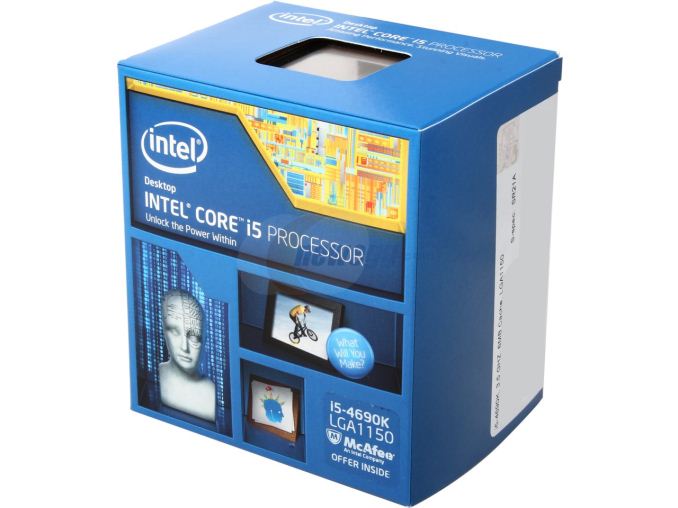
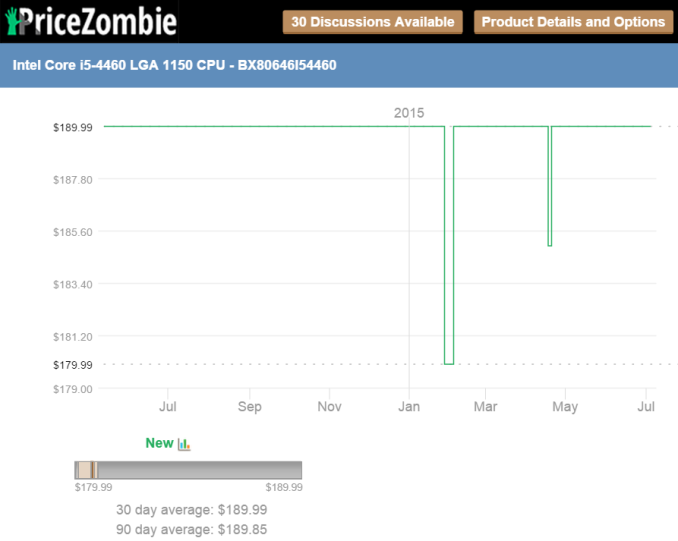
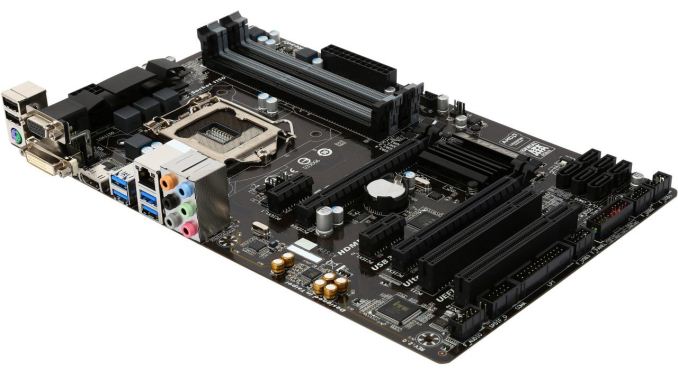
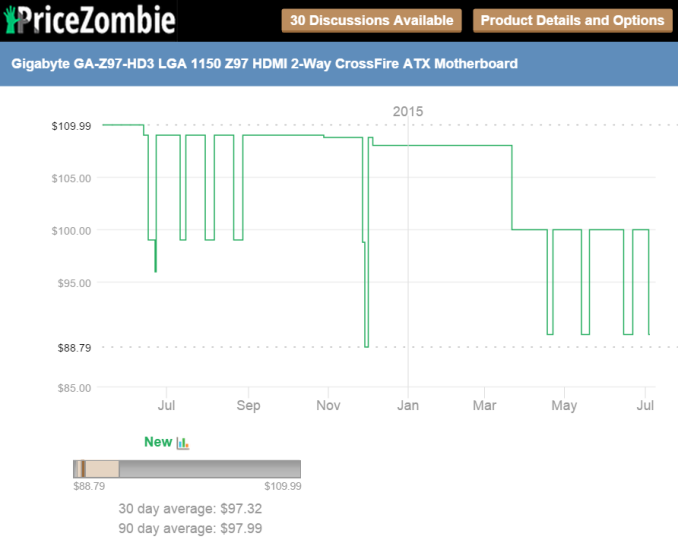
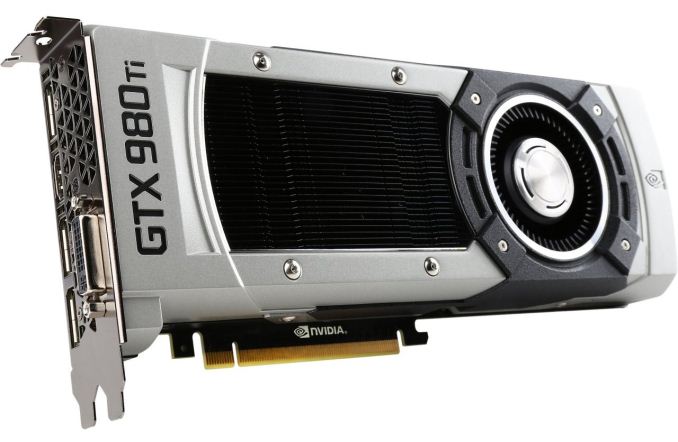
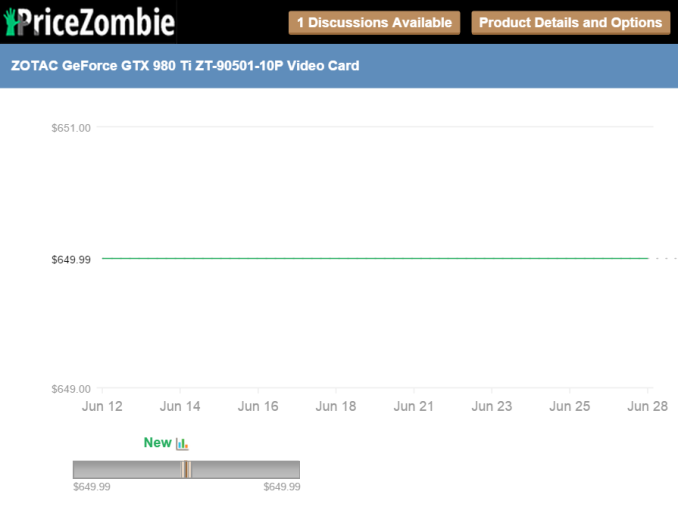
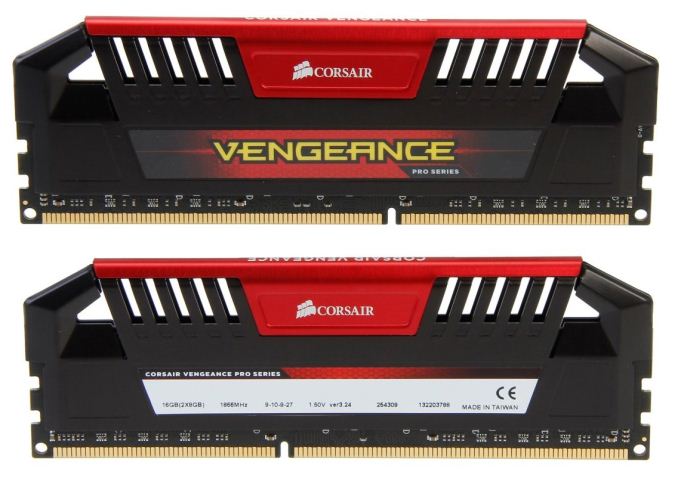

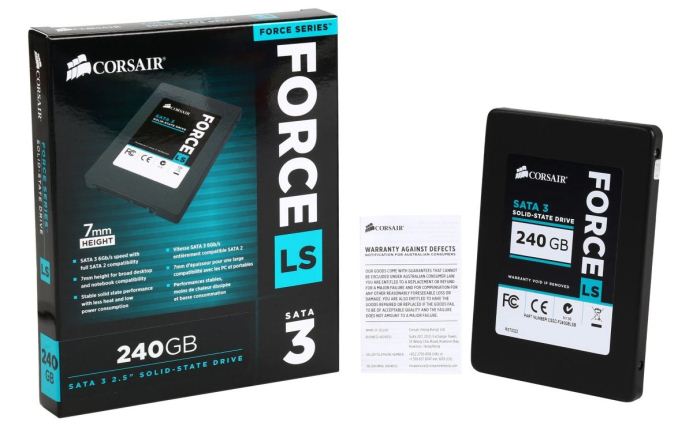
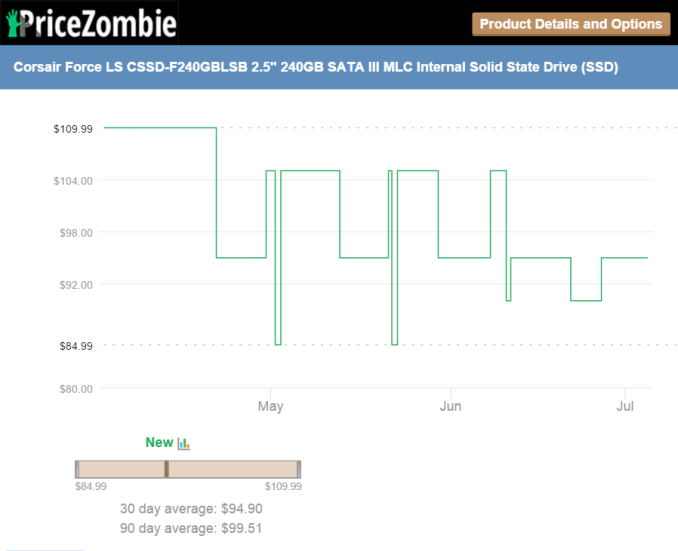


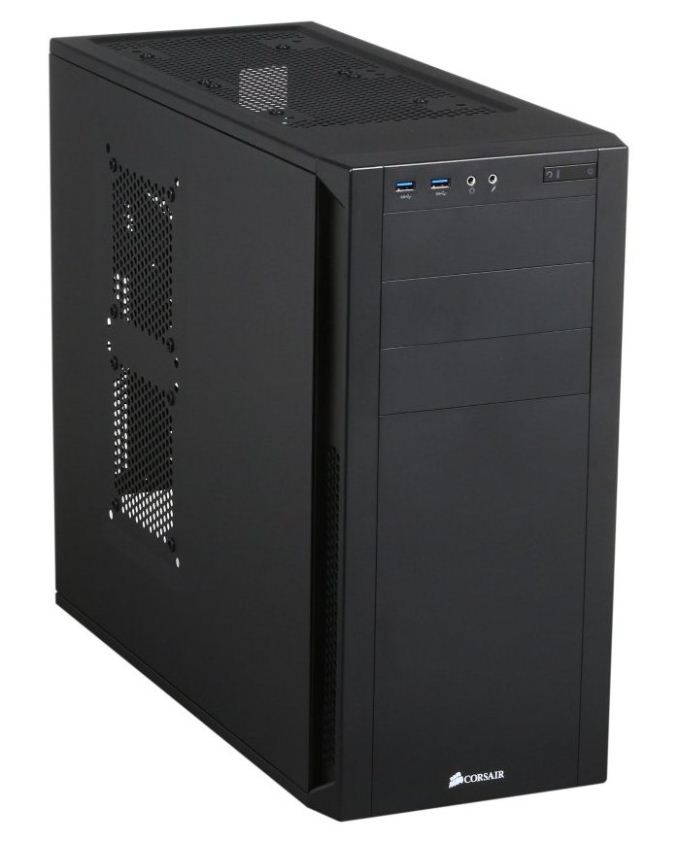
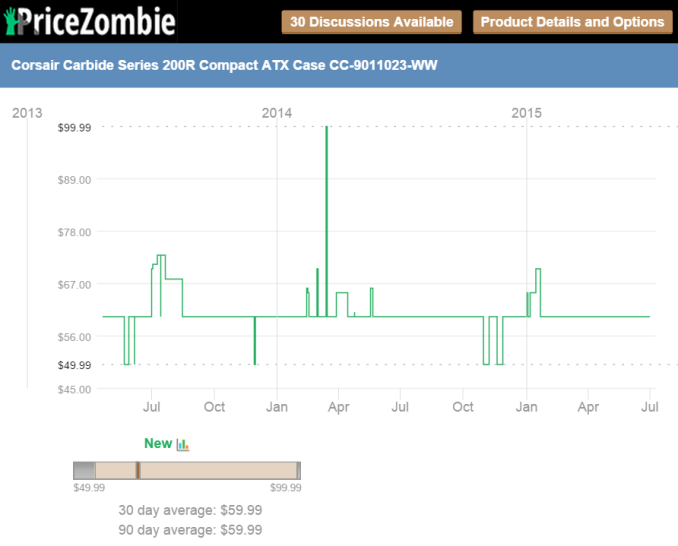
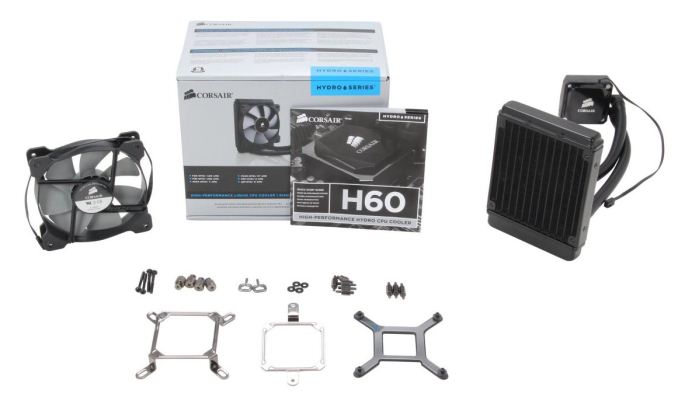
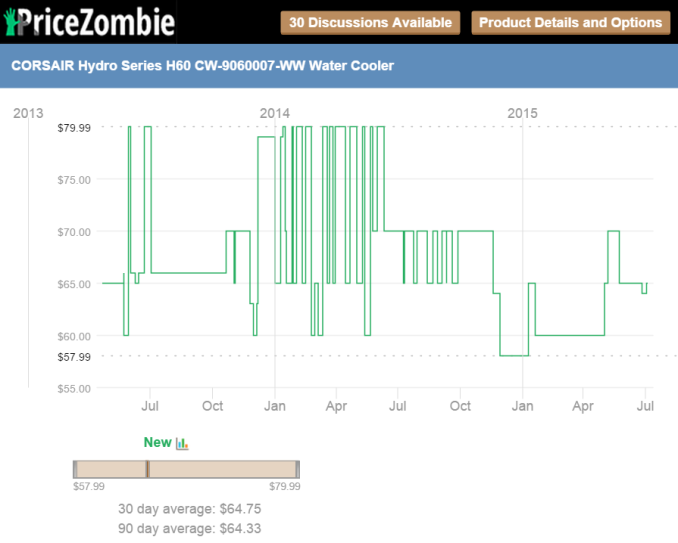
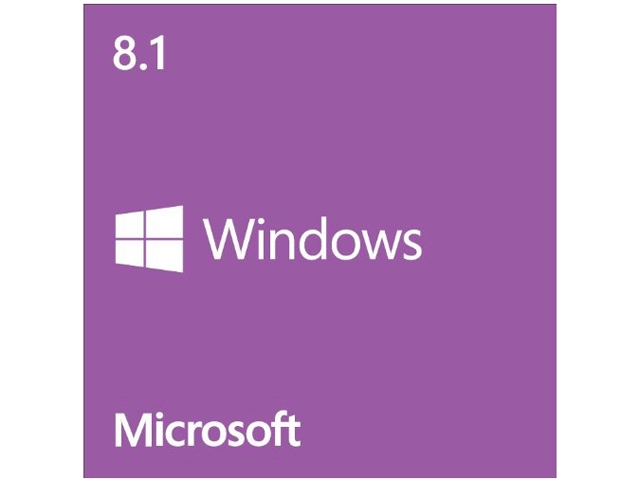
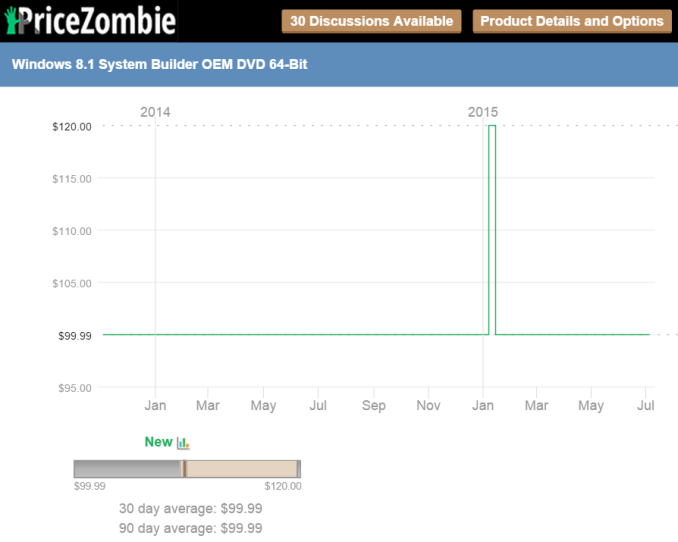














117 Comments
View All Comments
timslin101 - Wednesday, July 8, 2015 - link
I like your build. I think the 970 is a great GPU for the price and I love that case. I'd probably build something smaller with an ITX build though.Something like below:
Processor: 4690K
Motherboard: Maximus VII Impact
GPU: Asus GTX970 Mini Direct Cu
RAM: Vengence Pro 2x8GB
Storage: SM951 256GB
PSU: Silverstone ST50F-P
Case: Silverstone SG13B
CPU cooling: Corsair H90
OS: Windows 8.1 64bit OEM
Extras: Noctua NF-A14
Cost 1490 total, the PP05-e cables be nice also, but you would go a little over.
Get Wifi, ridiculously fast SSD, decent CPU and GPU, all in a very small and quiet package. I have a very large and loud PC built in 08. I am tired of that and value small and quiet very highly.
Drumsticks - Wednesday, July 8, 2015 - link
I like your build! As others have said, looks matter, and yours wins out there. I think I agree with a few of the points said by some - the power supply is certainly good enough for a 4460/970 config, perhaps overly so, and 16GB could be nice (although I personally fall under the "8GB really is fine for gaming" camp but I could be wrong :P). But overall, I like clean and quiet, personally.Mr. Beige - Thursday, July 9, 2015 - link
I like the concept of your build better than the other one - it's far more balanced all around, and more forward-looking rather than just getting the absolute best CPU/GPU you can get right now and leaving the other parts with the leftover budget.That said, the choice of CPU/Cooler/Motherboard doesn't seem to mesh well together. If you're going with a non-overclocked CPU, why not save some money and get a non-overclocking motherboard and a cheaper cooler?
hulu - Thursday, July 9, 2015 - link
With a Z97 motherboard you can upgrade the computer to a GTX 970 SLI setup. The power supply seems to be selected with this in mind as well.Stuka87 - Thursday, July 9, 2015 - link
Your system is certainly the better looking of the two, and its well balanced for the average person. Both systems are great, just pointed to slightly different audiences.Sushisamurai - Friday, July 10, 2015 - link
It's a good build Chinny!losergamer04 - Wednesday, July 8, 2015 - link
I actually prefer Chinny's. I think it's the one I would rather build. Though, I would swap down to a 120mm cooler and go to a K CPU along with an AMD card because it, too, is liquid cooled. That way it's still quiet and can OC.fokka - Thursday, July 9, 2015 - link
with a k CPU and a liquid cooled fury x you would have a quite similar build to dustin's though.etamin - Wednesday, July 8, 2015 - link
Am I the only one here who genuinely prefers the Zotac build?I'm a an infrequent gamer, but I've built many systems for all kinds of purposes including heavy gaming. Here are the issues I have with the Corsair build:
- Pairing a 980 Ti with a Corsair CS PSU isn't a configuration I'd feel comfortable delivering to a client, since the majority of them expect 6+ years of use on the non-GPU core components.
- From my experience, the single radiator AIO coolers have underperformed cheaper air coolers (I've used the H50/H70/H80/H100) without reducing noise, since the bundled fans aren't great. So it's dual rads or none for me...Zotac got this right with the H100i.
- Then there's the chassis...it makes no sense to me why a case for a $1500 build, whatever the end purpose, does not have removable dust filters in the front! These cases are an instant pass whenever I check vendor inventories because they are unusably annoying to maintain. Another point for Zotac here.
- And now the biggest, most glaring flaw of the Corsair build...who in their right mind would pick that particular Gigabyte board for an overclocked system? Look at the dinky power delivery on it and tell me that's safe to OC for hours of 4K gaming on end! I would think Dustin would know better than that. Then again, these systems were built to be given away, not for the builders' long term personal use, so I can see why this "detail" was overlooked.
In the other corner, Zotac considered aesthetics, which I can really relate to as someone who builds for others. The client is ALWAYS impressed if the system looks presentable no matter the components, so I take this decision by Zotac a good move for sweepstakes purposes.
Now before anyone calls me a Zotac fanboy or a Corsair hater, I'd like to add that I have never seen a Zotac part in person, let alone used one. However, I have used quite a few Corsair products but can only praise a few...namely the Dominators, AX/AXi PSUs, and Obsidian cases.
My criticisms of the Zotac build mainly lie with the choice of RAM, not so much the amount of RAM, since I still think 8GB is enough for 95% of users including gamers. Dominators are awesome, but they're a luxury product and I wouldn't consider them for budgets under $2500. I would also have swapped the Crucial BX for a Intel 730 SSD of half the capacity only because the 730 is an older, proven reliable design.
etamin - Wednesday, July 8, 2015 - link
And now to enter the giveaway hoping I get the Zotac to use as a secondary PC, or the Corsair as a part-out for cash >:D